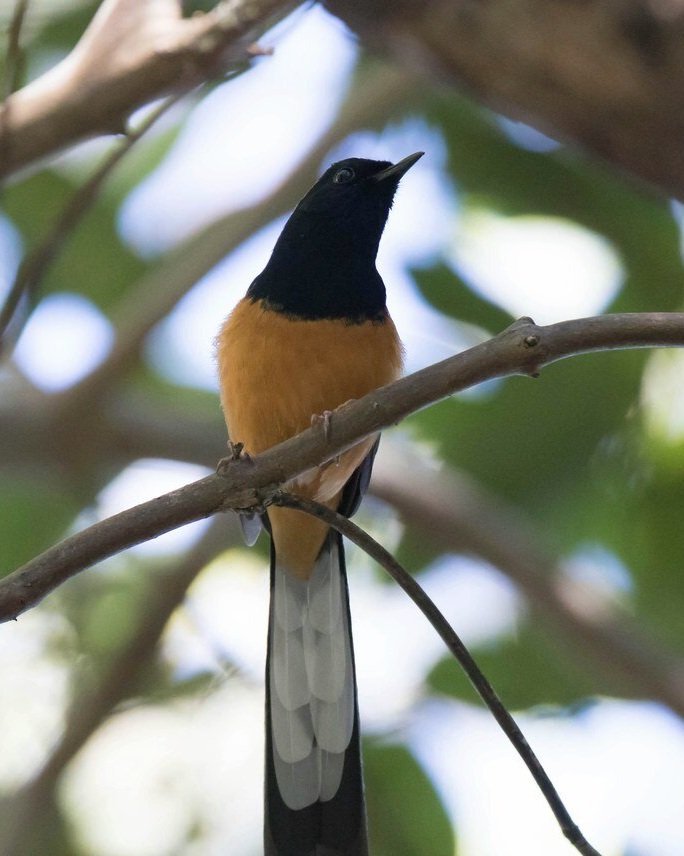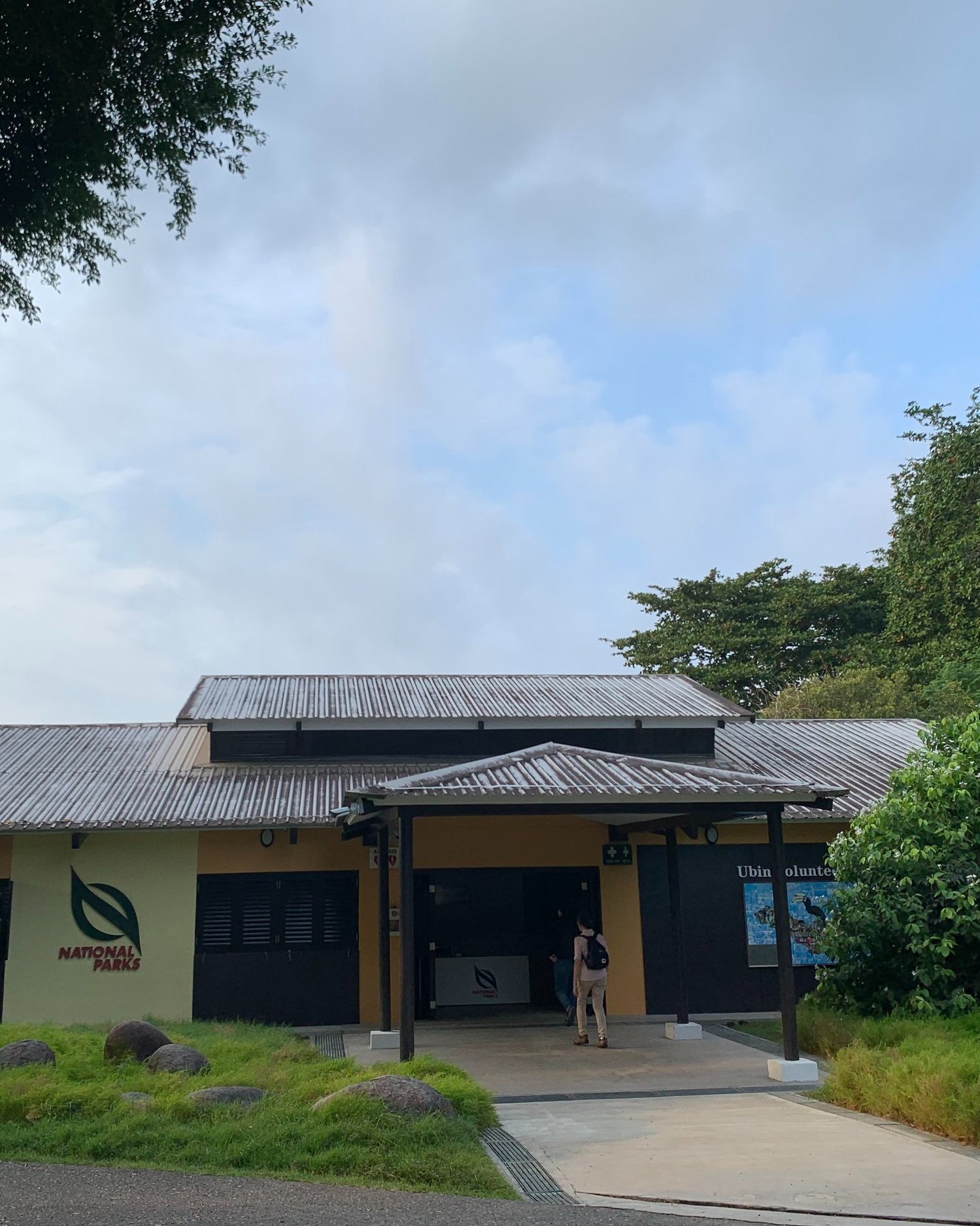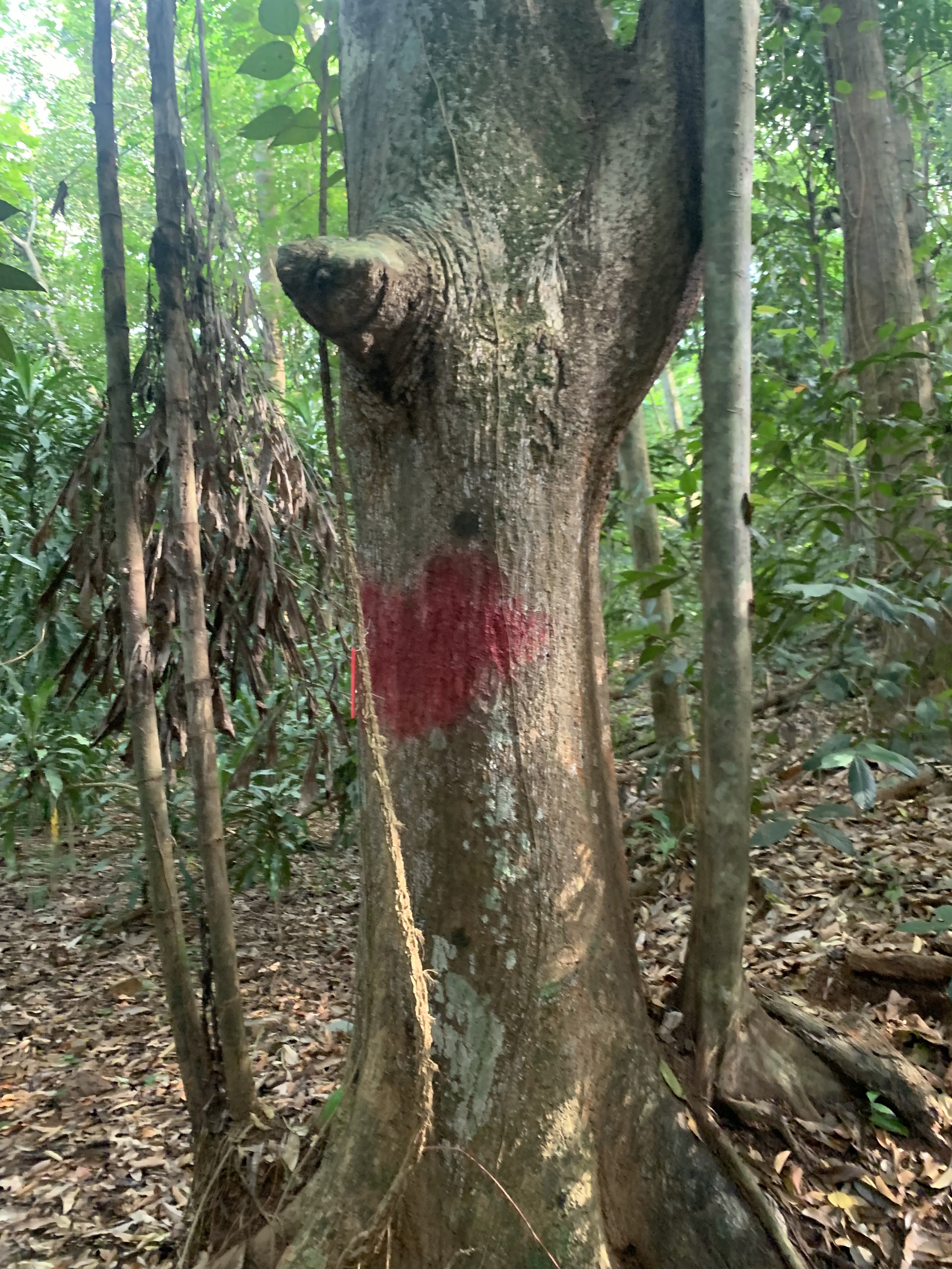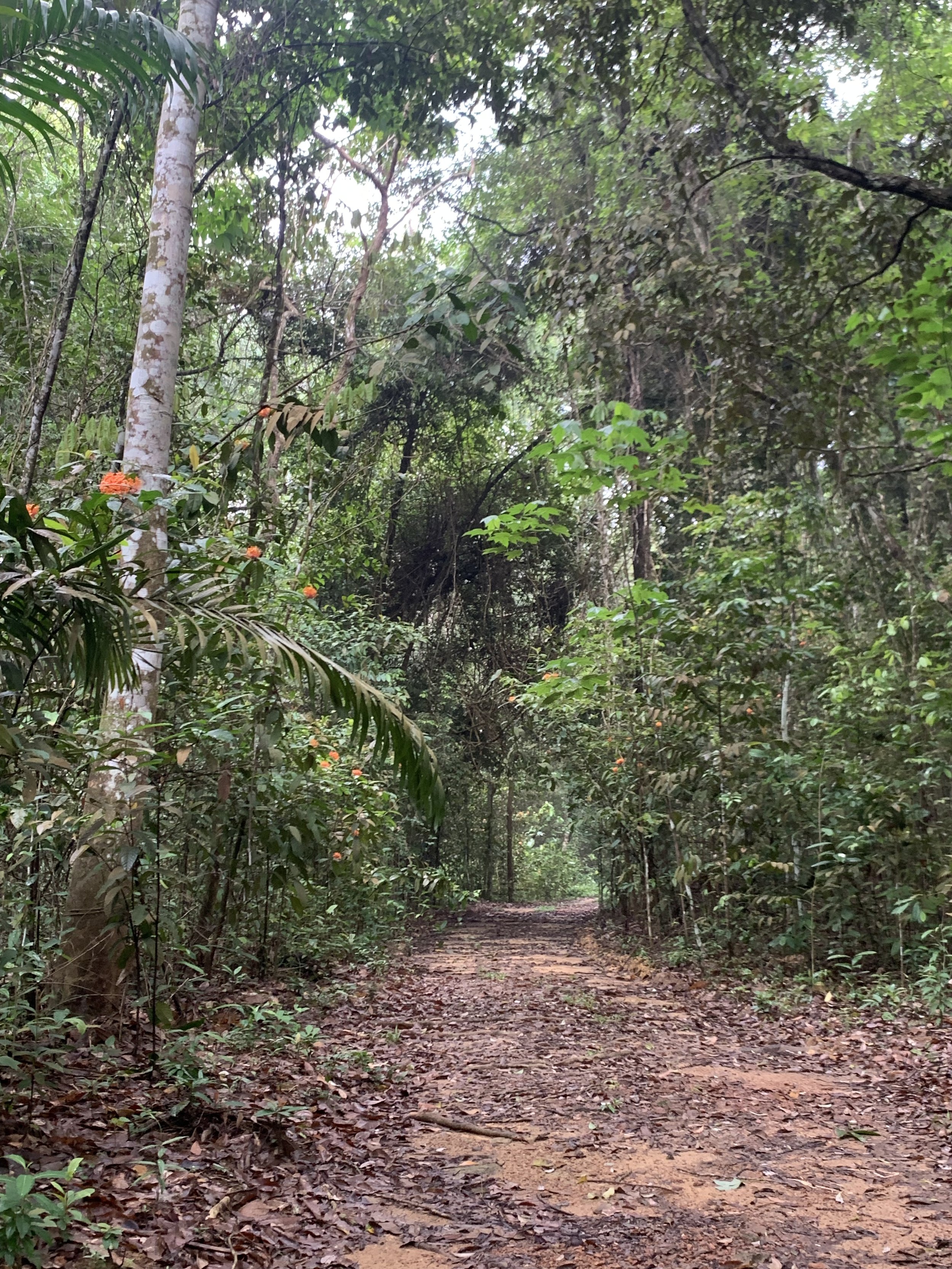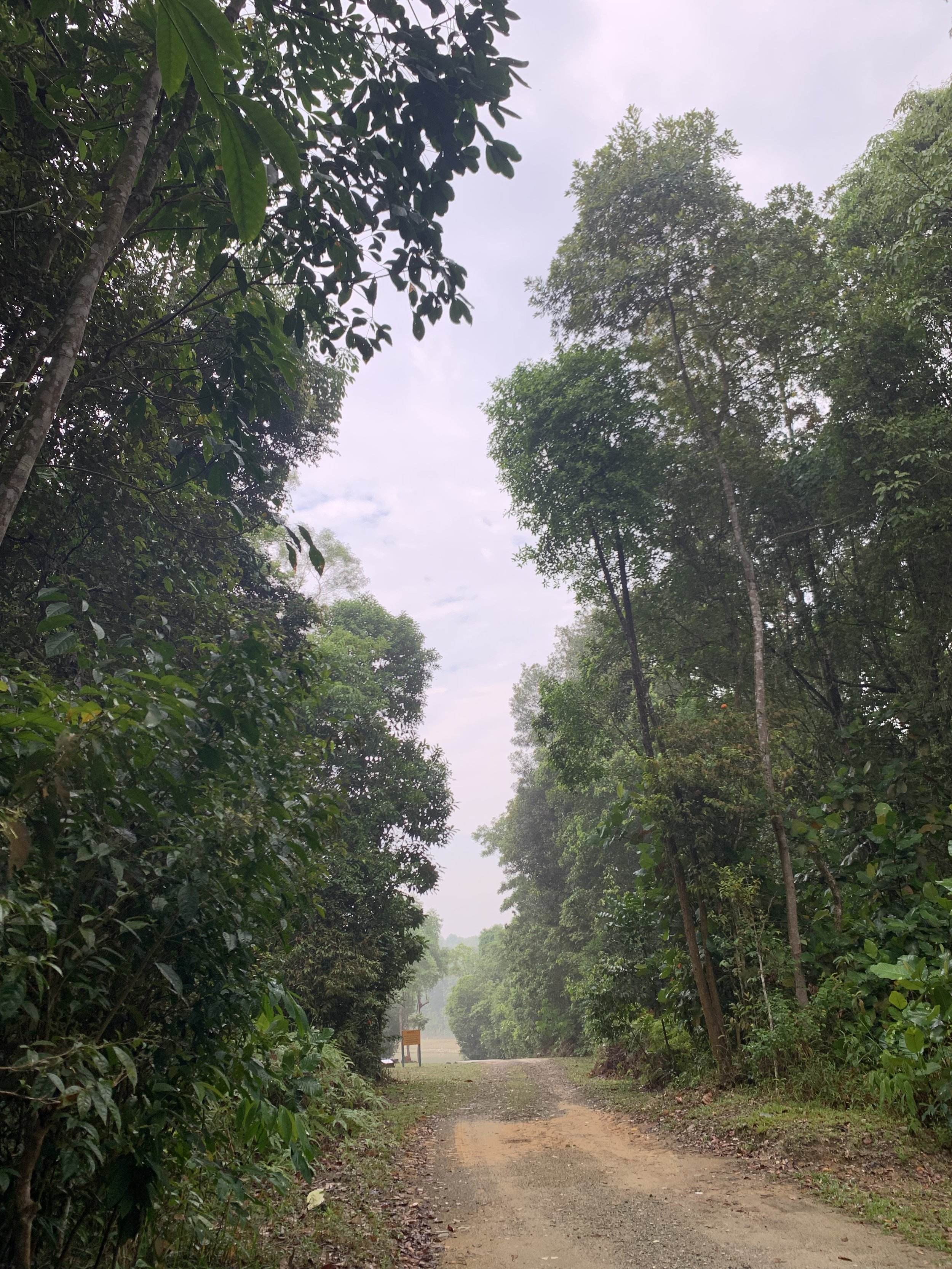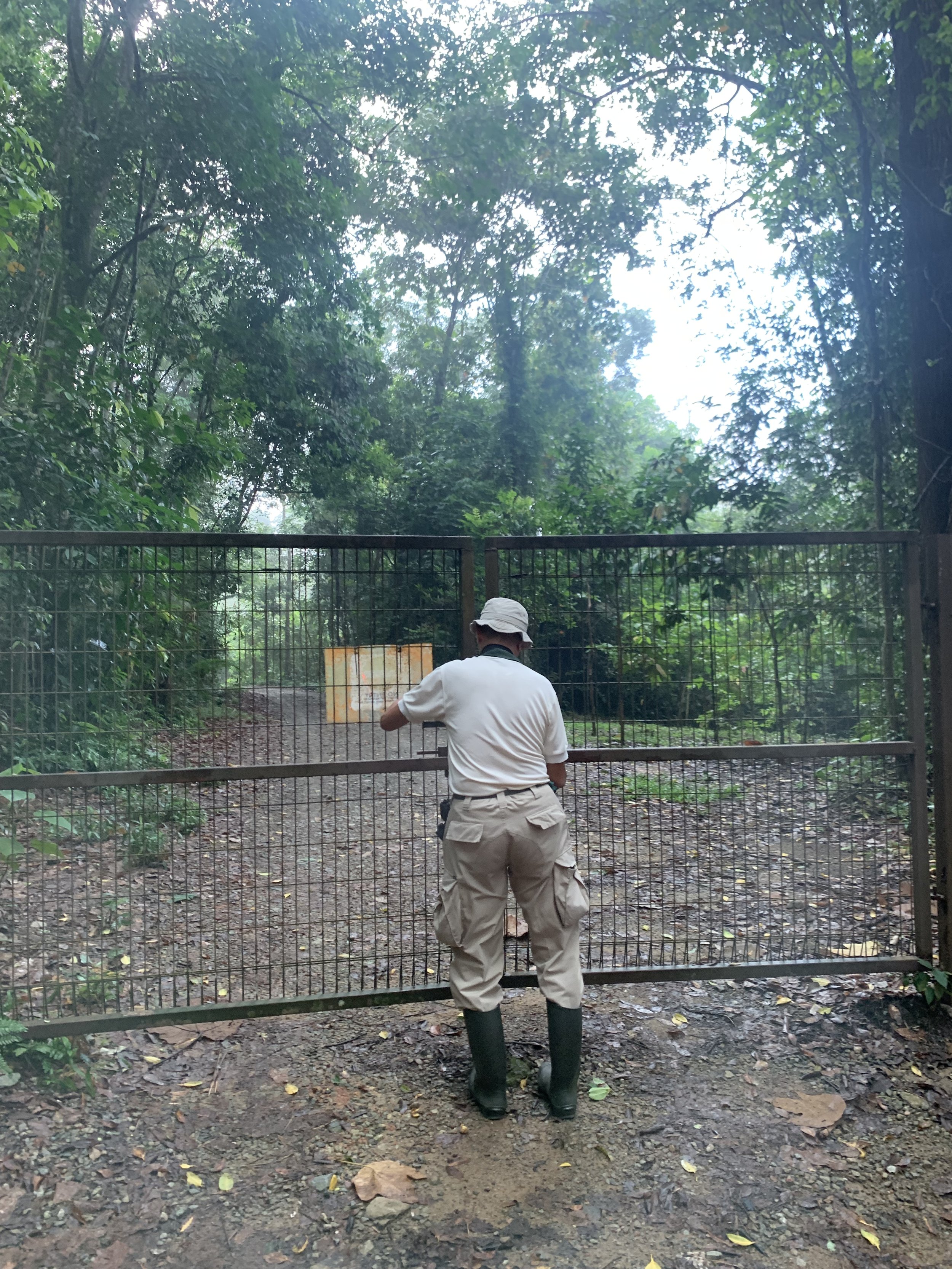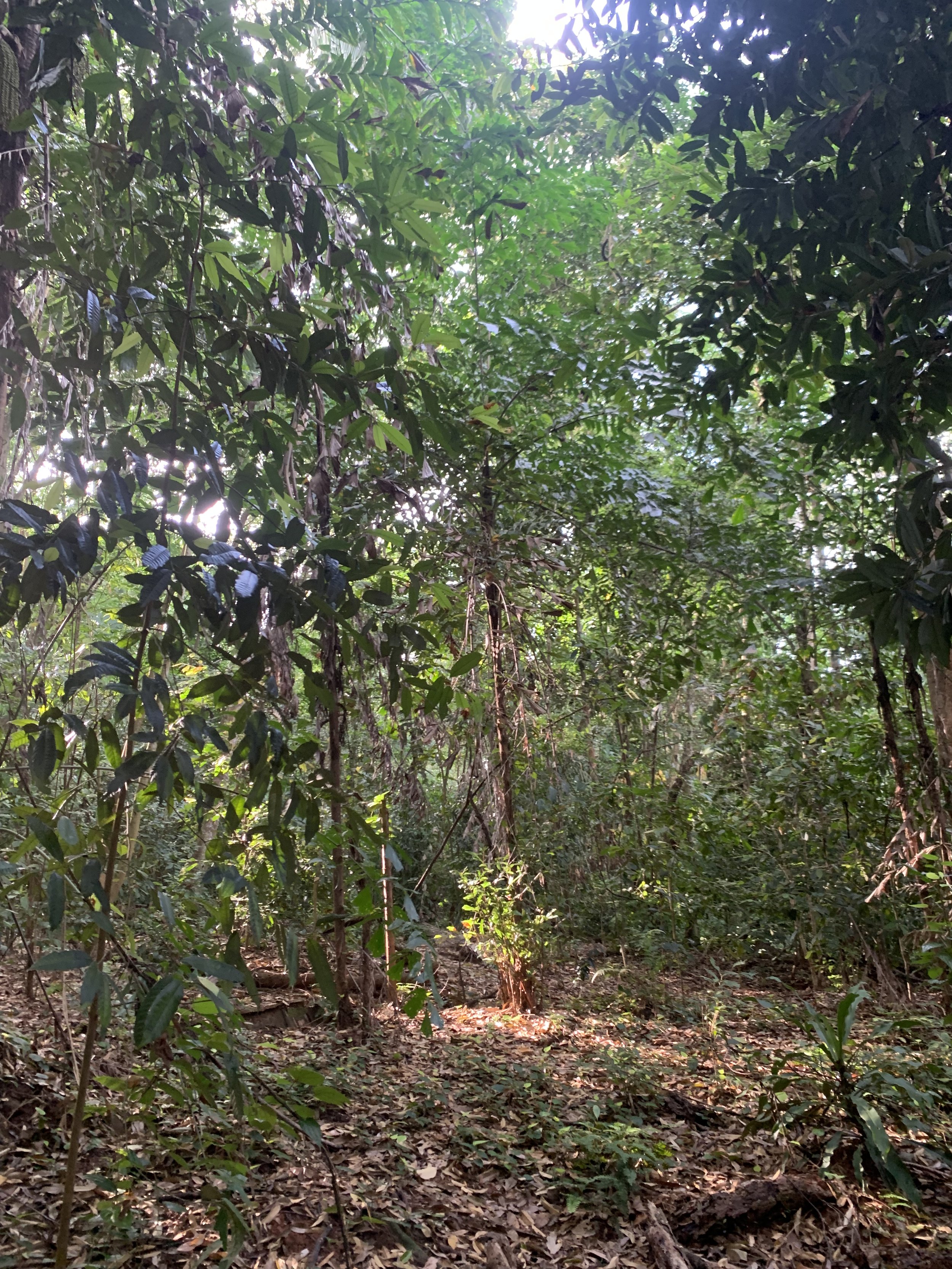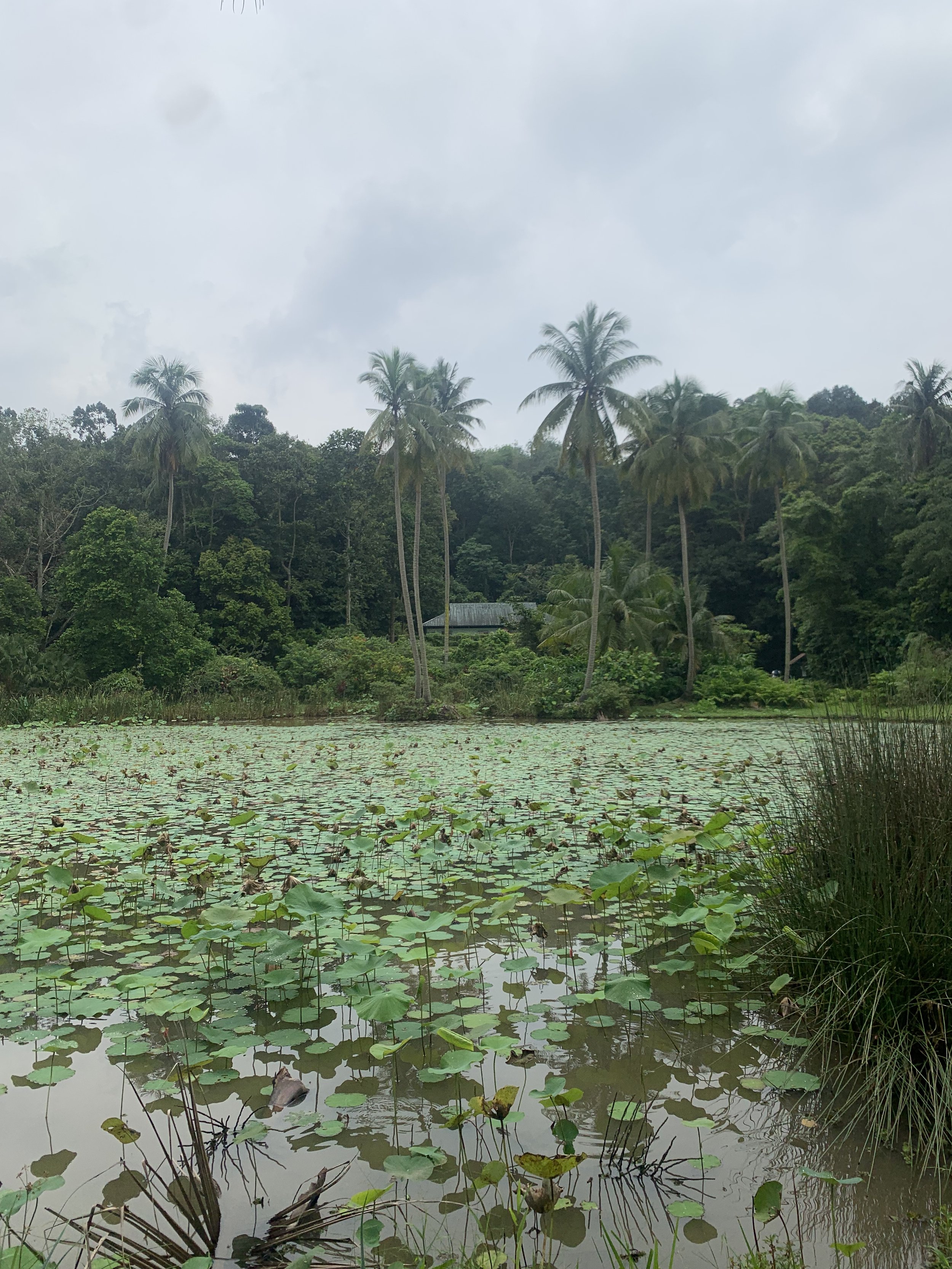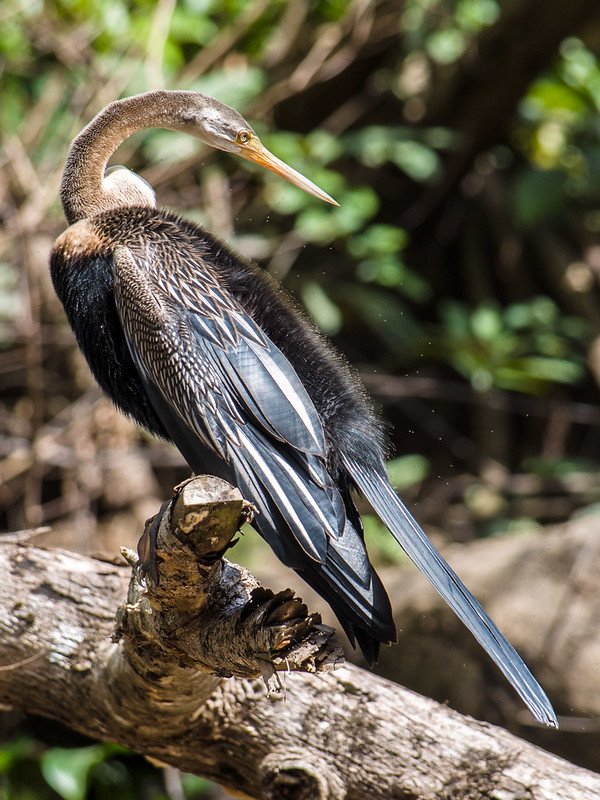So I see with shame that my last post was way back in April. In my defense, it’s been a busy time: work commitments, volunteer projects and a lengthy period of travel have proved all-consuming. Still some rainy weekends, a sense of guilt and a promise, have proved inspiration to restart what I hope will be more regular ramblings going forward. tiger
Sunrise and birdsong
One reason for my extended silence was my recent participation in a spot of coordinated listening. Over two consecutive Saturdays this September, I found myself catching the early-morning bum boat over to the sleepy Singapore island of Pulau Ubin. The reason for the sunrise starts: to stand in pre-assigned patch of jungle armed with a clipboard and simply listen.
Straw-headed Bulbul
The reason was my participation in an annual bird survey to assess Ubin’s populations of three special bird species: The Straw-headed Bulbul, the White-rumped Sharma and the Red Jungle Fowl. The need for the survey, testament to the threats these birds all face.
Populations of both the Sharma and Bulbul have fallen dramatically across South East Asia, due in large part to the wildlife trade. Such has been the impact, that it’s believed there are less than 2000 Straw-headed Bulbuls left in the wild. That makes them rarer than orangutangs or giant pandas.
As I have written about before the reason for their scarcity is actually the beauty of their song. Their melodic calls have made them favourites with bird song hobbyists and led them to be heavily poached in the forests of Indonesia and Malaysia. They, and the Sharmas were both upgraded on the CITES list last year and can no longer be bought or bred, though of course that doesn’t stop people doing so illegally.
White-rumped Sharma
Fortunately, there is still a healthy population of Straw-headed Bulbuls on Ubin and the point of the survey is to keep a check on how the species is faring. Singapore National Parks, who manage the island, have statistics dating back to 2013 for the Bulbuls and Red Jungle Fowl, but this was the first time they had decided to also count Sharmas.
Over two 20 minute spells I joined with Parks staff and volunteers to monitor numbers at specific locations across the island. My first shift, took place in a former fruit plantation close to the NP’s main centre. The second involved a long and bumpy ride through a series of locked gates to a patch of jungle in the usually off-limits northwest corner of the island.
The pre-assigned spots, marked by a splash of red paint on a tree trunk, were just a short walk from the main trail but had us surrounded by sun-dappled forest. On the dot of 9am our small-talk ended and we started scanning the canopy, straining for any sight or sound of the three birds.
Truth is the only bird I spotted during either session was another charming song bird, the ever-inquisitive Magpie Robin. Yet on both occasions we were serenaded by multiple Sharma and Bulbuls, their distinctive songs echoing out from all around us. The highlight had to be when two Sharmas, who can be quite territorial, decided to engage in a spell of extended vocal jousting.
Each call heard was then followed by a whispered debate on its location and distance from us. If we agreed it was a new bird then it and the time were jotted down on our sheet. And, while the results of the survey aren’t ready (or made public) the initial signs were positive for the populations of both songbirds; my groups alone recorded over 15 individual birds during the two sessions.
It was perhaps a less rosy picture for the Red Jungle Fowl. Indeed, we failed to hear any during our first session and only two distant males crowing at each other second time around. This might be a surprise for Singaporean residents, considering the prevalence of wild fowl on the mainland. However, the reality is that most of those birds are actually hybrids, a result of cross-breeding between Jungle Fowl and their less exotic domestic chicken cousins.
Still according to the National Parks lead surveyor Joseph their slight decline on Ubin is probably less to do with the inter-species shenanigans taking place elsewhere. Instead, he suggested it might simply be evidence that the jungle is reclaiming more of the former fruit and rubber plantations that used to cover the island. Ironically, considering their jungle name, this denser vegetation is a less suitable habitat for these beautiful and intelligent birds.
It was great fun taking part in the survey and a genuine pleasure to have the perfect excuse to stop and listen – something all of us could do more regularly! It’s also always a pleasure to get to head over to Ubin.
Close to Malaysia and home to just 30 permanent residents, its blend of forests, former plantations, mangroves and wetlands make the island a real wildlife refuge. This was where the Oriental Pied Hornbill first began its remarkable rehabilitation in Singapore and it’s also one of the last outposts for the country’s small Leopard Cat population.
It also attracts a lot of rare visiting bird species, with the prehistoric-looking Great Slaty Woodpecker and the endangered White-crowned Hornbill among this year’s highlights. Indeed I was able to catch sight of another infrequent visitor on my last visit: an Oriental Darter, happily sunning its wings on a branch overhanging one of the many former quarries turned ponds that dot the island.
I still find it surprising that such a beautiful bucolic spot like Ubin can survive virtually untouched in a country so obsessed with redevelopment and progress. Long may it continue to remain a haven for endangered creatures and a special place to escape from the city for those prepared to take the slow boat across the straits.
Tiger Week
Before I go, a quick shout out for an upcoming event, and a big reason for my decision to revive the blog. Next weekend will see the Singapore Wildcat Action Group (SWAG) hold their annual Tiger Week.
Held to raise much needed funds for tiger conservation projects in Malaysia, the two day event will see a packed programme of activities and a series of speeches by leading conservation experts talking about the threats faced by the Malaysian Tiger. You can see the full programme here. There will also be an option to Live Stream the event through their YouTube channel.
I’ve promised the organisers that I will do a write up of the talks here, which is one reason I needed to get writing again! Please do try and listen it and check back here for a roundup of the event.



